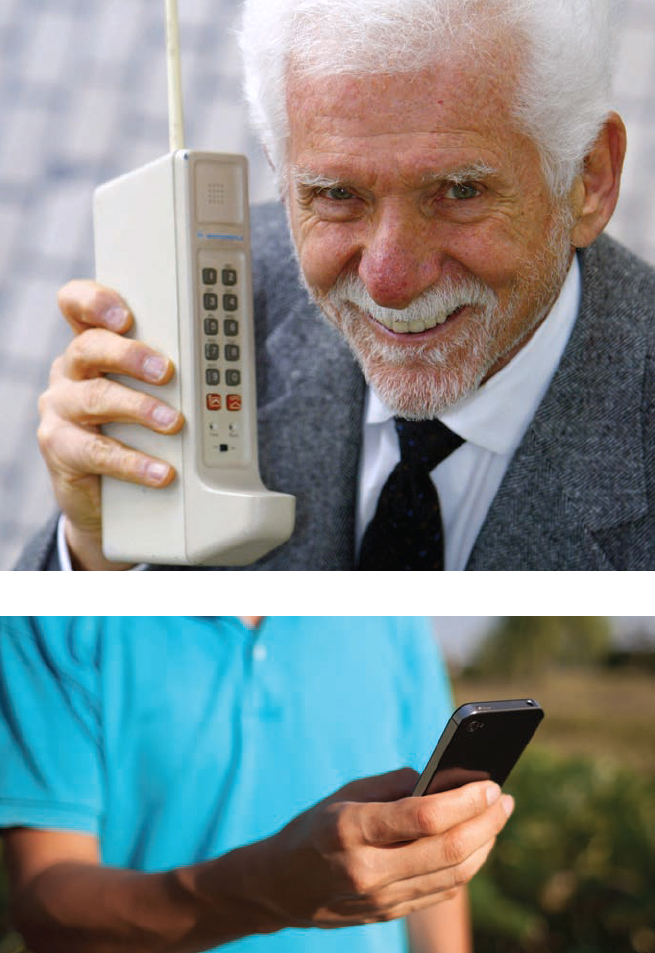
Martin Cooper, inventor of what became known by many as ‘the brick’ – mobiles rapidly became much more compact, and with improved battery life became almost essential in the field for many.
69 : Hand-held mobile phone
1973

Martin Cooper, inventor of what became known by many as ‘the brick’ – mobiles rapidly became much more compact, and with improved battery life became almost essential in the field for many.
So ubiquitous are mobile phones in the modern era that it is hard to imagine ever birding without one. Not only are they essential for rapid dissemination of sightings via call, text or social media, but also for a variety of other tasks in the field, from ‘phonescoping’ still images or video to playing bird songs and calls on apps, or even recording them with in-built microphones.
Such impressive technological achievements are, of course, relatively recent. They certainly weren’t apparent when John Mitchell and Dr Martin Cooper of Motorola demonstrated their first 1kg mobile handset in 1973. Remarkably, however, long before then devices containing at least a good part of the modern concept had been conceived. As early as 1906 Charles Alden invented a ‘vest pocket telephone’, while 40 years later a limited car phone and 3-32 channel, three-bandwidth phone systems were in operation, though they were extremely unwieldy and localised within the USA.
The first commercially available mobiles were the size of a house brick, retailed at almost $4,000 and used regular public phonelines; the first public network was opened in Japan in 1979. Product evolution was slow at first, but handsets a decade later were already a vast improvement. The addition of text messaging in 1992 caused a real revolution, enabling much cheaper personal communication.
Mobile phones are now no longer the luxury preserve of the first world, having really taken off in developing countries, where few had access to phones before the advent of cheap and often disposable handsets. But with popularity there are problems: the huge amounts of data used worldwide in mobile telephony cannot continue to expand indefinitely. Modern smartphones produce 35 times the data traffic that the average ‘cellphone’ used to generate, and the amount of bandwidth available is finite. Industry pundits are expecting bandwidth to be full by 2016 in some western countries, when usage is expected to be 60 times greater than it was 2012.
In the meantime, the popularity of mobile phones in birding will continue to surge as more and more useful apps are launched, in-phone cameras are improved and social media finds new ways to connect birders with each other.